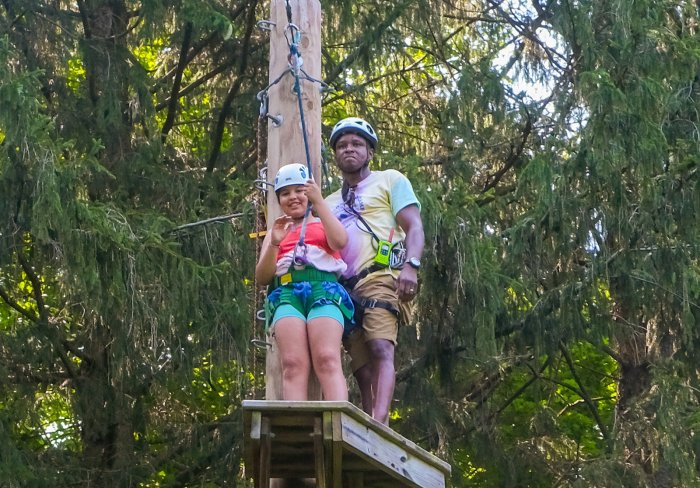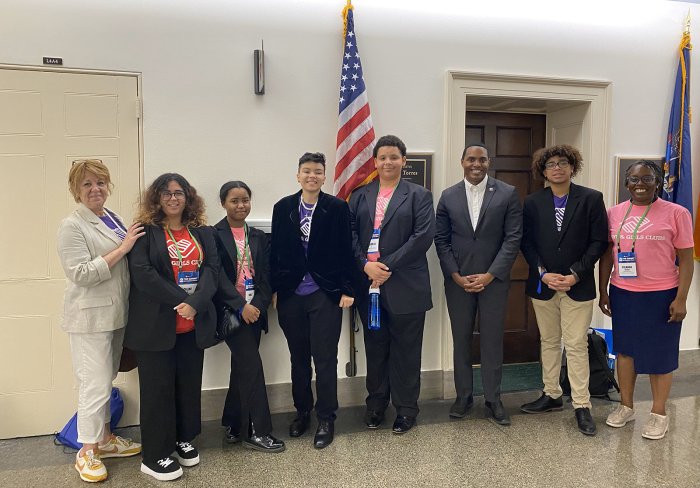Note: Reprinted from FL Educator, Fall 1993
I am concerned about a current trend that I believe is both troubling and dangerous: that is, the movement to develop a paradigm regarding adolescent sexual health focused on adolescent genital-sexual behavior and the outcomes of such behavior. My fears are fueled by thewriting, teaching and preaching of individuals and groups who seek to lead the adolescent sexuality field in such a way as to define the parameters of our work within a rigidly delineated act- and outcome-centered context. I believe it is a fundamental mistake to work with young people on issues regarding sexuality and sexual expression and simply focus on intercourse experiences, contraceptive practices, and instruction on how to reduce HIV, AIDS and STD.
Respecting sex and affirming abstinence are the newest ideas offered to adolescents to help them "behave responsibly and shape their sexuality." While the issues of genital-sexual behavior and the outcomes of such acts are critical to discuss and explore with young people, an obsession about the genital-sexual behavior of adolescence seems to dominate and overly influence our work. I believe that we have created an unhealthy surround of sexuality in which these topics have emerged as over-controlling dimensions of the teaching-learning transaction. In my opinion, this approach is a profound disservice to young people. It narrows their understanding of this crucial life area and distorts the human sexuality movement by portraying our sexuality work with teens as acute-care sexual health intervention.
Perhaps a principal reason why the predominant focus on adolescent sexuality has become problem-behavior- and act centered is that the major psychological, psychiatric and socio logical theories regarding adolescence focus on abnormality and not on typical, average adolescents and their relatively good health and resilience. We have paid too little
attention to the many young people who use healthy, appropriate coping mechanisms to deal with the usual upheavals of adolescence without becoming involved in exploitative or self-destructive behavior.
While the high rates of unintended pregnancy and the frightening increase of STD and HIV in young people are absolutely proper concerns, we have become so preoccupied with these issues that we have lost sight of or excluded from our teaching the many other dimensions of a young person's sexuality. Adolescent sexuality is not an activity -- it is not an event – it is not a behavior. Discussion of "sexual activity" does not simply mean intercourse experiences and contraceptive practices. Adolescents' sexual activity includes fantasy, touching, holding, hugging, kissing, sensuality and erotic behavior.
Adolescents with whom I work in long-term, nonclinical programs show considerable interest in their individual development and in family roles and relationships. They spend enormous energy trying to develop satisfying peer relation ships with members of both sexes. They are very concerned with school, sports, employment, their future and the future of their country and the world. At the same time, they are interested in satisfying their personal erotic needs as these grow and develop.
I believe our principal challenge is to re-conceptualize our work with adolescents to emphasize that genital-sexual behavior is only one aspect of their sexuality and capacity for sexual expression. Through our lectures, discussions, groups, video and other interactive techniques, we must focus on topics such as body image, gender roles, social roles, sensuality and the variety of ways affection, love and intimacy can be expressed. I believe these fundamental elements are the connective tissue that shape the sexuality of each person and produce his or her sexual potential. The following are a few of the areas we must more fully explore as we broaden our adolescent sexuality teaching repertoire.
An important way in which adolescents express their sexuality is through acting out gender roles. Many young people are excited by the opportunities to explore and fulfill themselves in ways only recently available. However, elements in our society still tend to over-eroticize female and male interest in relationships and to portray young women and men in an objectified and depersonalized fashion. These elements continue to influence teens erroneously as to what being female or male can mean. We need to spend time exploring the many possible ways that gender can be fulfilled in our society.
Another major dimension of adolescents' sexuality is body image -- the concept young people have of how their bodies feel and appear to themselves, and how others see them.Confidence and a feeling of security about the "rightness" of one's body facilitate healthy expressions of sexuality. Doubt, self-consciousness and anxiety about one's body can do the opposite, including inhibiting fulfilling sexual expression.
For example, adolescent males have heard loud and clear that their bodies must be competent to do something-not to feel much, but to do much-and that the validation of their masculinity is derived principally from their bodies performing in ways in keeping with this stereotypical male social coding.
Similarly, adolescent females learn very early that "looks count." All of their natural biological changes during puberty are monitored and are interpreted through our culture's appearance based ideals. Young women quickly learn to view their bodies cosmetically and to look to others for validation of their attractiveness.
Adolescents' sexual self-concepts are greatly influenced and powerfully affected by their gender training and by what they learn about feelings of closeness, caring and tenderness for people of each sex, both within and outside of the family. Only recently have we begun to pay attention to the struggle of males and females of all ages to control displays of their deepest feelings lest these be labeled "inappropriate." If we want future generations of adults to be able to interact with others in intimate, loving ways, the sexual learning of adolescents must include exploration and significant discussion of feelings, affection and intimacy.
This aspect of our work is not as concrete as contraception education or understanding male and female sexual anatomy and physiology. Nevertheless, it is essential that we provide adolescents with this type of discussion and learning opportunity. It is my strong belief that unless we re-conceptualize and enlarge our vision in this critical area we will damage our movement and provide those who seek to restrict our activities with the tools to do so.
The many fibers which comprise the fabric of an adolescent's sexuality suggest a holistic, dynamic definition of sexuality and sexual expression. If there is to be a new paradigm of adolescent sexual health, let it move from fragmentation to wholeness.







